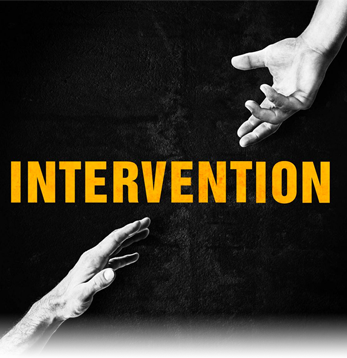What Does EMDR Stand For?
For those who have never heard of EMDR therapy, it stands for Eye Movement Desensitization and Reprocessing. It is actually a scientifically researched form of therapy that have been proven effective in treating trauma and psychological stress.

EMDR was originally developed by Francine Shapiro, and American psychologist in the late 1980s. Originally, Shapiro developed EMDR as a treatment for Post-Traumatic Stress Disorder (PTSD). Over the last several decades, this innovative treatment has helped millions of people overcome psychological stress.
How Does EMDR Work?
This technique recognizes that a person’s behavior is intricately linked to the neurobiological processes of the brain. Furthermore, these processes can influence behavior, as well as emotional functioning. EMDR incorporates components from other forms of psychotherapy, but one of the unique elements to this approach is the use of bilateral stimulation of the brain to access and resolve disturbing material that may be stored in the brain. This technique is also effective for trauma resolution and performance enhancement.
EMDR and Treating Trauma
It is extremely common that people who experience trauma develop traumatic symptoms and harmful coping strategies. EMDR uses the natural information processing of the brain to assist a person in resolving disturbing emotions, feelings, and cognitions that may be a result of a traumatic incident or other event in a person’s life.
Trauma includes people who have experienced:
- War
- Domestic abuse
- Sexual assault
- Rape
When someone undergoes such intense trauma, they will often acquire traumatic symptoms, including:
- Anxiety
- Insomnia
- Vivid flashbacks
It is not uncommon that people with some form of trauma will eventually engage in isolating behaviors. Some end up self-medicating with alcohol or drugs. EMDR therapy has multiple phases of treatment that can make a huge difference for those recovering from addiction. Eye Movement Desensitization Reprocessing implements special eye movements to identify experiences that have overwhelmed the brains natural coping capacity. Through this form of therapy, individuals get to learn about reprocessing traumatic information.
What many people do not realize is that when they experience a traumatic event, the mind will typically create a meaning that they associate with it. In the Rapid Eye Movement phase, the individual focuses on a traumatic memory and identifies the belief they have about themselves based on that negative memory. For example, a woman who has been a victim of rape or sexual assault may associate the attack with her being weak or dirty.
EMDR therapy works to tear down that thought of “I am weak” or “I am dirty” and shift it to a response that tells the individual “I am a worthwhile, good person in control of my life” instead. By teaching the brain how to respond in a different way to trauma, the patient learns to view their own traumatic memories in a healthier way.
Phases of Treatment
During the initial phase of EMDR, a specialist will explore a client’s history. This is followed by a preparation stage. To facilitate the shift in the response to trauma, the patient will go over the memory repetitively and focus on the external stimulus that creates bilateral eye movement.
Our brains naturally signal eye movements as a response to emotional stimuli. But overtime, our body’s ability to cope with pain weakens. During EMDR treatment, the therapist may guide the patient’s eye by moving their finger. Following each set of bilateral movements, the individual is asked how they feel. This process is then continued until the memory is no longer distressing.
Each session lasts about an hour, and a large number of patients report a significant improvement after just one session. Many believe EMDR therapy is effective because it by-passes the areas of the brain that have become stuck due to trauma and prevents the left-side of the brain from self-soothing the right side of the brain.
How EMDR Could Help With Addiction
Often times, people who struggle with drugs and alcohol also suffer from trauma. Many individuals with trauma turn to drugs and alcohol to cope with their experiences and this can create a cycle of self-destructive behaviors that put them at risk of experiencing more traumas. To help someone trying to recovery from addiction, addressing any co-occurring and underlying issues is vital to building a strong foundation.
People with PTSD and other trauma-related disorders are increasingly susceptible to relapse. EMDR shifts an individual’s associations with memories in a way that leads to peaceful resolution. So not only can Eye Movement Desensitization Reprocessing help break down the old thought patterns, it can be an effect tool for enhancing recovery and preventing relapse.
Overall, the goal of comprehensive addiction treatment is to ensure that each individual not only stops using drugs and alcohol, but that they also improve their quality of life. For some, EMDR may be the best opportunity for overcoming the pain of trauma that has been holding them back.






